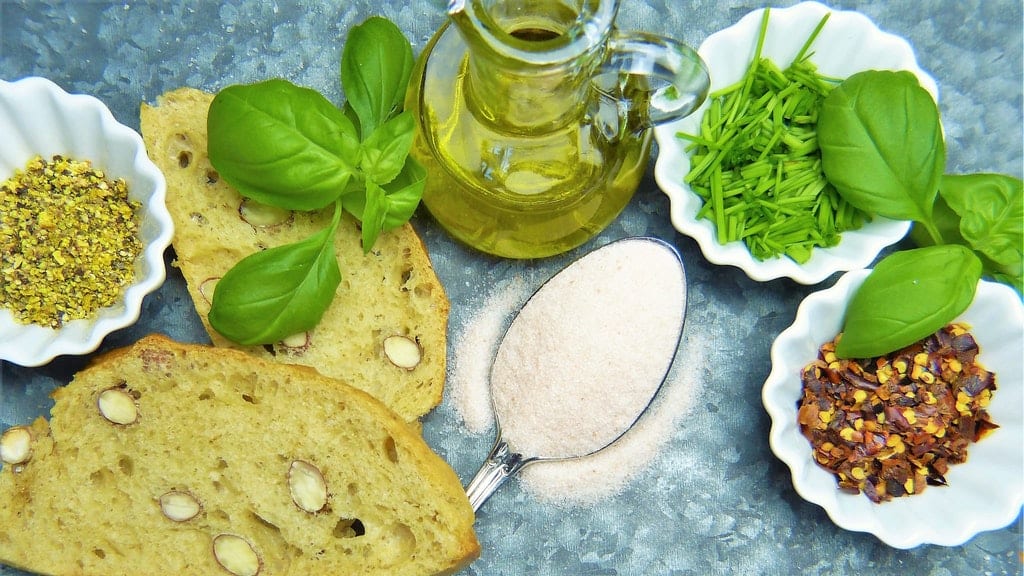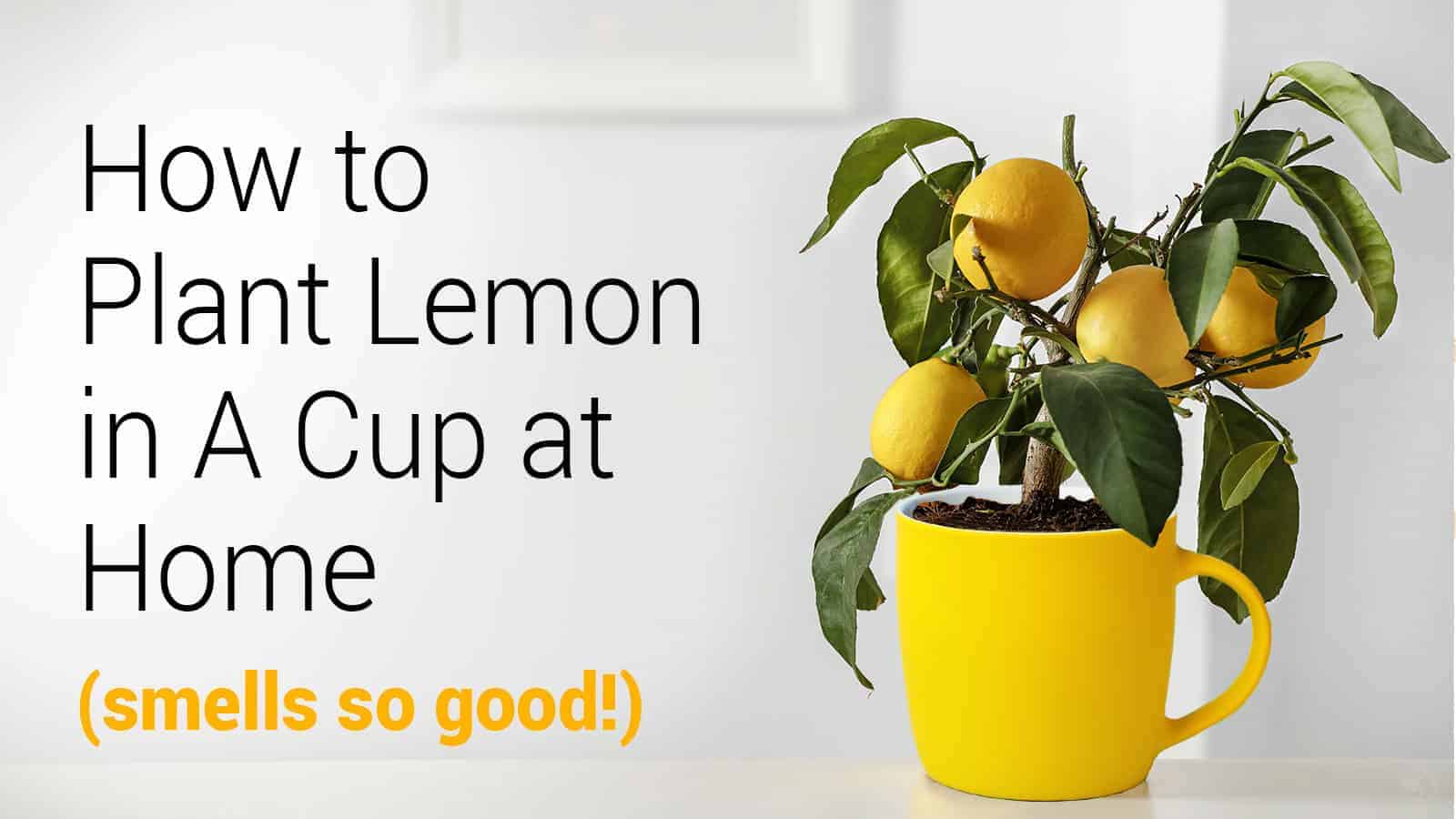We use plants to beautify and enrich our surroundings, environments, and lives. Some plants do not only play these roles. They help enhance our atmosphere with positive energy while purifying the air. In a study by The American Society for Horticultural Science, researchers found that
“Because indoor air pollution extensively affects developing countries, using plants as a mitigation method could serve as a cost-effective tool in the developing world where expensive pollution mitigation technology may not be economically feasible.”
It’s essential to have specific plants in the home that clean out the ozone levels.
These 12 plants are creators of positive energy in your home:
1. Jasmine (Jasminum)
Jasmine is a sacred flower of Persia and has been held in great significance throughout history. This fragrant plant stimulates energy and enhances self-esteem. It is also known to strengthen relationships and create romance. This plant helps with the ability to manifest prophetic dreams while stimulating the heart chakra.
How to Grow Jasmine
You can grow Jasmine indoors or outdoors. This beautiful plant grows best in a pot. If you have hot summers and chilly winters, put your Jasmine plant outside during the warmer months and bring it inside when it gets cold. These plants need temperatures of at least 60 degrees Fahrenheit.
Begin a slow transition moving the plant indoors. Do this over several weeks, so your Jasmine plant adapts to the change in light. Keep Jasmine near a sunny window. Or if you don’t have a lot of light in your house, set a plant light near your Jasmine plant. These lights replicate sunlight for indoor plants.
Dwarf Jasmine plants are best inside since they don’t grow as large. Your Jasmine plant should be kept in a well-drained pot, and keep the soil damp, but not too wet. Be sure to prune off dead leaves or vines. Add a potassium type of fertilizer to stimulate growth and help your Jasmine plant stay healthy
2. Rosemary (Rosmarinus officinalis)
Rosemary is one of the best plants for purification in the home. This plant helps lift depression while battling anxiety. Its origins are from the Mediterranean region and were once symbolic of remembrance. Rosemary not only instills inner peace but keeps negative energies and spirits away. A rosemary bush by your front door is a wonderful protector of keeping negativity outside.
How to Grow Rosemary
Rosemary can be a little tricky to grow. Choose a big enough pot, as deep as your plant is tall. Be sure the pot has a hole in the bottom for good drainage. Besides the drainage hole, the pot must have a little plate to set in.
Rosemary doesn’t like to get its roots wet. Put small pebbles in the plate and water it here rather than on the soil or spray water on the plant twice a week. Use a good organic mixture of soil that’s recommended for growing herbs like rosemary. Rosemary loves sun, so set it in next to your sunniest window or under a plant light.
You can fertilize your plant once a year, usually in the spring. Once your plant is hardy, you can clip two to three-inch sprigs of rosemary for cooking or baking.
3. Lily (Lilium)
The lily is believed to be a multi-functional plant. It helps clear out any spiritual, emotional, and physical issues. It grows well in shaded or dark places. This functionality makes them perfect for the bedroom to promote serenity and tranquility for sleep. The lily is the flower of birth. In folklore, the lily was the messenger that always alerts to opportunities to a new birth.
How to Grow Lilies
Lilies are beautiful plants for your home. You’ll need a pot with small pebbles in the bottom for good drainage. In the pot, add a bit of peat soil, then put in the lilies bulbs and then fill the pot with more soil.
Lilies like damp soil. Never allow the soil to dry out. Water this plant regularly.
Fertilize once a week. Choose a mixed fertilizer made for lilies. Set your lily beside a sunny window in your house. Lilies need around 50 to 75 degrees Fahrenheit to stay healthy. Over time the flowers will die off, just pluck them off, and new flowers will continue to bloom.
4. Sage (Salvia officinalis)
Ted Andrews writes in Nature Speaks: Signs, Omens & Messages in Nature, that “An old folk custom for divining one’s future spouse involved going into the garden at midnight and picking twelve leaves of sage, while the clock is striking twelve.
Before the clock strikes one, you will see your future spouse if you are to have one.” Sage is a powerful, magical plant that opens you up to higher states of consciousness and spiritual communication. Burning sage has incredible cleansing qualities used since Native American times. It promotes a sense of positivity in your home and purifies it of any bacteria.
How to Grow Sage
Common sage is used for cooking. Sage plants love the sun so find a sunny windowsill for your plant. Turn it around occasionally since it will lean towards the sun and get lopsided. Sage likes warm, humid climates. Keep your sage plant in a room at least 60 to 80 degrees Fahrenheit.
Plant your sage in soil with at least two parts potting soil and one part sand. Sage doesn’t like being too wet. Allow the soil to dry between waterings. If you want sage for cooking, snip a two or three-inch stem or two off the top of the plant. Chop up the fresh leaves to flavor soups, stews, or meats.
5. Ivy (Hedera helix)
This plant not only brings with it beauty to any space, but it is one of the best air-filtering houseplants. It can remove harmful and unwanted toxins in any space. In folklore, it is suggested that ivy be placed in outer passages and doorways for good luck and health. Its message is to continue building upon the past, balancing the old with the new.
How to Grow Ivy
Ivy is easy to grow indoors. You can put them in hanging baskets or large pots. Water your ivy plant regularly, allowing the soil to dry between waterings. You can also set your pot of ivy on a tray of damp pebbles to make the area more humid.
Ivy thrives in temperatures around 50 to 70 degrees Fahrenheit. Trim your ivy to keep it a manageable size for indoors.
6. Aloe (Aloe vera)
Aloe Vera has amazing qualities for healing.
It can be grown with indirect light or artificial lighting. Its leaves and stalk contain a jelly-like substance that helps heal skin conditions, especially if the skin has endured a burn. Aloe’s energy help fight bad luck and negative vibes in your home.
How to Grow Aloe Vera
Aloe grows best in bright areas of your home. Aloe plants don’t do well in too hot of locations, so keep it out of direct sunshine. It’s easy to over-water aloe. You’ll know you’ve over-watered if the fat leaves become limp and get a brownish color.
To prevent over-watering of this succulent plant, water your aloe plant every two to three weeks. Plant your aloe in soil that drains well. You can add two parts of potting soil to one part of sand to create your own soil. Some plant experts recommend cactus mix as the best soil for aloe plants.
7. Basil (Ocimum basidium)
Basil is a plant that attracts positive vibrations to the environment.
One type of this plant, Holy Basil (Tulsi) is one of the rarest plants because it emits oxygen for 20 hours a day while removing any toxins. Basil means “royal,” and it truly does embody royal powers.
It is one of the most amazing plants to keep in your home, not just for cooking, but for its ability to heal irritations, cleanse toxins, and enforce spiritual strength.
How to Grow Basil
Choose a soil that drains well for your basil plants. Basil likes sunlight, if you have a sunny window, place your plant near it. Allow the basil’s soil to dry out in between waterings, then give it a good drink.
Many homeowners plant basil in pots so they can move them outdoors, they bring the pots inside during the colder months. When you want some basil for cooking or baking, you can cut a stem just above two large leaves.
Harvest the leaves before it flowers, so it preserves the full flavor of the basil plant. Don’t be shy about cutting the leaves of your basil plant. You can pick them off if you only want one, or two leaves. Harvesting leaves causes better growth.
8. Orchid (Orchidaceae)
Orchids release oxygen during the nighttime.
Having an orchid in a bedroom is important because it controls and balances your energies while you sleep. In ancient times of China, the orchid was considered a messenger of sexual energy and activation of the Kundalini. Its positive energy enhances romance and love while clearing any obstacles of negativity from the room.
How to Grow Orchids
Orchids are easy to grow in the right conditions. They need good drainage, which allows air to flow through it. Purchase orchid potting soil or make your own out of perlite, bark and peat moss. Don’t plant your orchid too deeply in the soil.
Some orchid growers suggest using a clear plastic pot so you can monitor the orchid’s roots to be sure they are getting enough water. Your orchid loves humidity so increase the humidity by buying a pot with a plate or tray under it so you can add pebbles or little stones that will preserve some water and create humidity for your plant.
Orchids need regular watering. Don’t be shy about getting the roots wet, but don’t get them soggy. Place your orchid in an area where it will get indirect sunlight. Too much or too little light will affect the flowering.
Plant lights work well for orchids as long as you turn them off at night to create a day and night schedule for your orchid.
9. Oregano (Origanum vulgare)
Oregano is a wonderful herb to have in your home.
Its fragrance induces happiness, peace, love, and spiritual cleansing. As a tea, it helps relieve many ailments. Oregano is perfect for clearing out negativity and welcoming good energy into your space. The best place for it is in sunlight in a kitchen. It is a plant that brings family energy together.
How to Grow Oregano
Oregano isn’t too difficult to grow as long as you have the proper conditions. Choose a small pot for your plant, one that fits on a window sill that gets good light. Use a mixture of potting soil and sand and be sure the pot has a drainage hole in the bottom.
Oregano is a native to the Meditteranean area, so it tolerates drought well. Because of this, allow the soil to dry out before you water it again. Your oregano plant needs lots of light, up to eight hours a day is best. If you don’t have a sunny window, place the plant under a plant light. Oregano grows best in warm, sunny areas.
They do well in temperatures ranging from 55 to 70 degrees Fahrenheit. Once your plant is at least 6 inches tall, you can clip the leaves for cooking and baking. Cut a two inch stem just above two large leaves. If your oregano flowers, pinch off the buds. Otherwise, the leaves won’t taste as good.
10. Lavender (Lavandula vera)
Lavender is a hardy and fragrant herb.
Its sacred flower has many magical properties, including relaxation. This plant activates the energy of stability within one’s life. It not only removes toxins from the home, but helps with headaches, insomnia, depression, and other ailments.
A few pieces of leaves and flowers in a bath help stimulate mental clarity. This beautiful purple-flowering plant is one of the most popular in folklore. Its energy brings healing and protection.
How to Grow Lavender
Lavender will grow out in your garden or indoors in a pot. Choose a large enough pot with a drainage hole. Fill the pot with good draining potting soil and compost materials. Keep your plant in a warm sunny place in your home, at least 70 degrees all the time.
Lavender tolerates dry soil, so allow the soil to dry before you water it. This plant doesn’t like humidity, so don’t overwater. You can clip the stems of lavender. Tie a bunch of stems together and hang upside down to dry.
11. Rose (Rosa)
It has been said that the rose is the symbol of love around the world.
Its energy is that of healing and love. In mythology, Aphrodite presented a rose to her son Eros. The rose is sacred and it holds one of the highest vibrational frequencies in plants. It dispels toxins and negativity while bringing passion to your home and life. This beautiful flower holds a tremendous energetic disposition to bring love into your heart.
How to Grow Roses
Roses are fun to grow indoors. Choose a sunny location for your rose since these plants love sun. Keep the area warm around 75 degrees during the day. Use a potting mix that’s made for growing roses or similar flowers.
Keep your rose well-watered, never allow the soil to dry out. Pinch off dead flowers to increase flowering. You may need to prune your rose if it gets too big inside. For this reason, some rose growers like to grow dwarf roses indoors.
12. Money Plant (Epipremnum aureum)
This plant has many names.
It is referred to as silver vine, golden pathos, and hunter’s robe, to name a few. According to Feng Shui its energy produces a flow that attracts wealth and good luck. The reason it is called the money plant is because of its leaves resembling coins.
This plant increases the oxygen level of the home. It can be used to climb or to hang. The money plant is best to have near electronics such as computers, televisions, or WiFi routers. It helps relieve stress and anxiety in the home.
There are two different kinds of money plants, one grows as a tree and the other one is a succulent often called a Jade plant. Both grow well indoors, but how to grow them is very different.
How to Grow a Money Tree
Money trees are great plants for offices or homes. Its braided tree trunk is unique. Plant your money tree in nutritious potting soil with good drainage. Water your plant once a week, but be sure the earth doesn’t get too dry. Over-watering will kill the tree.
Use a pot that has a tray or plate at the bottom, so the plant doesn’t sit in water. These plants love humidity, so you may need to put a humidifier in the same room as your money tree. They don’t need bright light and adapt well to low-light situations.
They do well in indirect sunlight. Fertilize with a liquid fertilizer every few weeks in the spring and summer. Stop fertilizing in the fall and winter months.
How to Grow a Money Plant (jade plant)
Jade plants can rot if over watered. Money plants have thick, gel-filled leaves similar to aloe leaves but have a round shape. It’s best to allow the soil to dry out before watering. This plant loves sunlight, so place near a sunny window in your home.
Some people like to move their plants outside during the summer days and bring them in at night. This habit is fine as long as it doesn’t get direct sunshine for too long.
Final Thoughts on Using Plants to Create Positive Energy in Your Home
Plants add so much atmosphere to your home. They bring nature indoors, making your home feel cozy and warm. Plants improve your mood. One study found that caring for indoor plants lowers your stress level and make you feel calmer. Besides this, indoor plants remove toxins from the atmosphere of your home by absorbing carbon dioxide and other gases. Adding plants to your home is essential for your health and wellbeing. They’re guaranteed to boost your positive energy for a happier, healthier life.




















